If your planning looks similar to this…
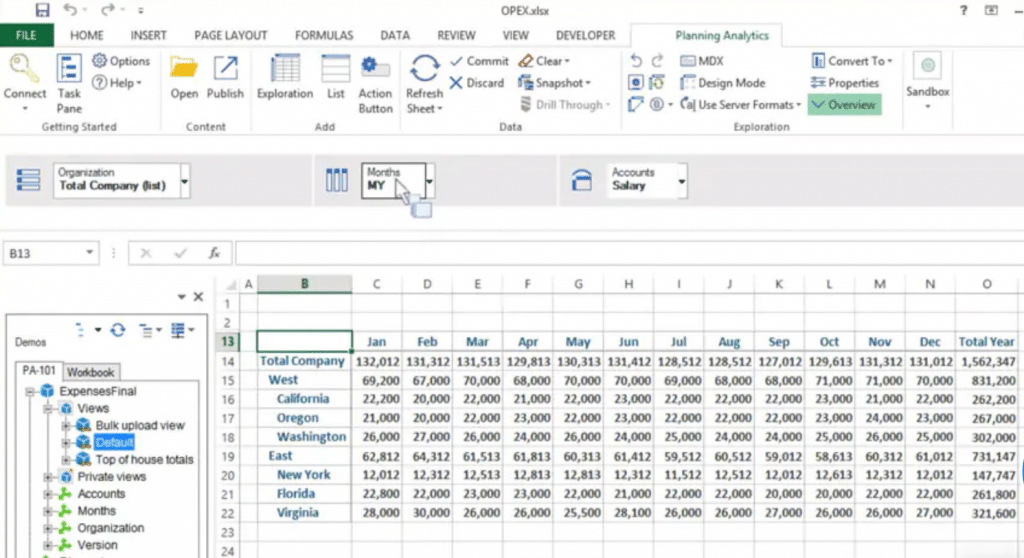
… you are planning the future of your business like most of the companies I encountered while doing BI in the past 12 years.
Is it wrong? Definitely NOT!
It’s transparent, relatively accurate and really time-consuming.
Does it give you a competitive advantage? Well…
I believe that if you do something the same way as everybody else, then you really need to spend considerably more energy on fine-tuning in order to gain some advantage. Or it does not really matter what your plan looks like and you drive your business differently (does it then make sense to spend time on planning?).
Is there a better way?
This is a really subjective view but for me, there is and I call it modeling. (No, not in the fashion sense, but as an activity of creating models.) I’ve been using modeling for the past few years and there is no other way for me anymore. it’s just faster, more accurate, easier to explain and… more fun 🙂
Modeling is:
1. Collecting the drivers (e.g. quantity, discounts, marketing costs…) of a particular result (e.g. net profit)
2. Setting a formula that calculates the projection of the result from drivers (historical data, expert benchmarks, statistical results…)
3. Assigning variables to drivers that will enable us to adjust the result (and partial results)
4. Creating and storing scenarios
5. Comparing and qualifying scenarios for consolidation
How can it look like? Let’s see!
(1) Adjust drivers, analyze calculated results in detail and store adjustments as a scenario.
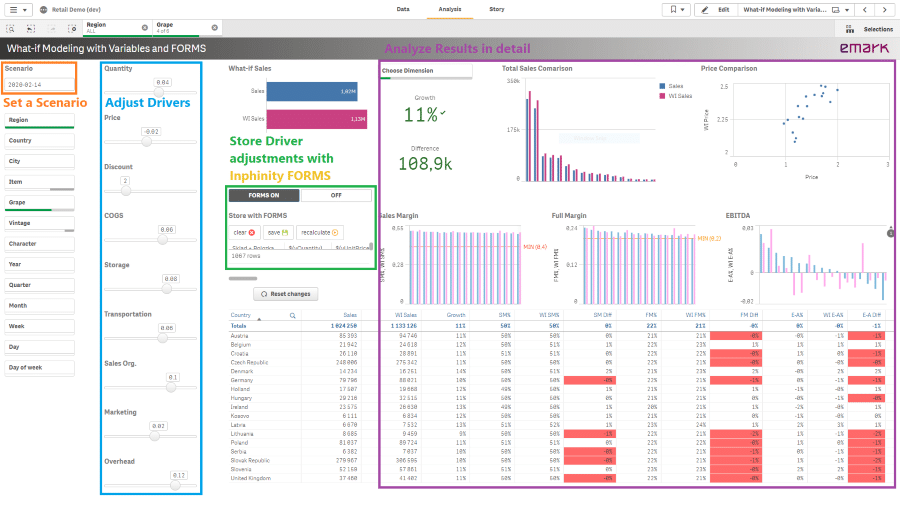
(2) Compare results for multiple scenarios by key dimensions and qualify the best one for further processing.
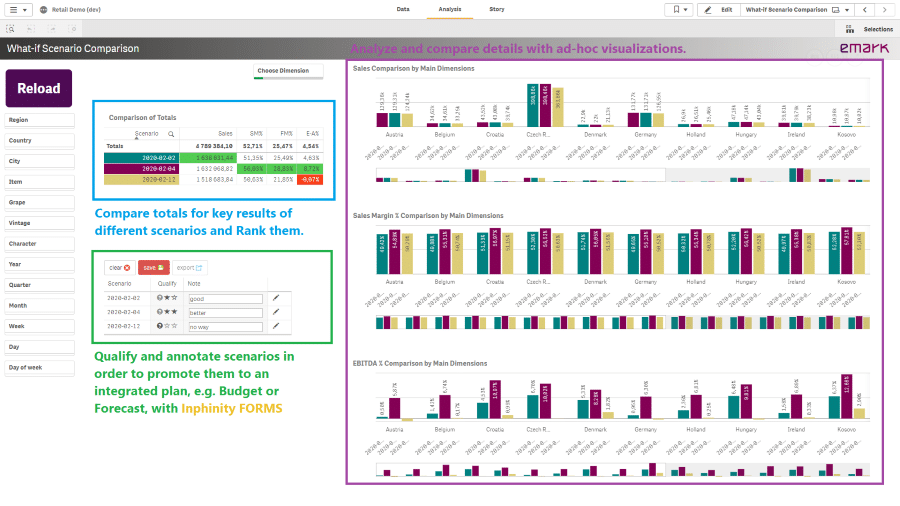
Yes. It’s really easy and quick to do something like this in a spreadsheet tool… if you are a freelancer or a small company.
But we use Qlik Sense along with Inphinity FORMS, because:
- we usually handle larger datasets with much more than 1 million records
- we usually encounter multi-fact table data models, which need to be properly associated (not just with simple joins)
- we know that a proper solution must support on-line collaboration of multiple users
- we know that data should be secured and governed, not stored in multiple copies on multiple computers or even worse sent all over by email
- and quite importantly, the visual and analytical power of Qlik goes far beyond other tools thanks to its Associative Engine
Let me know if you’d like to see it in action 😉
Read my other blogs HERE.

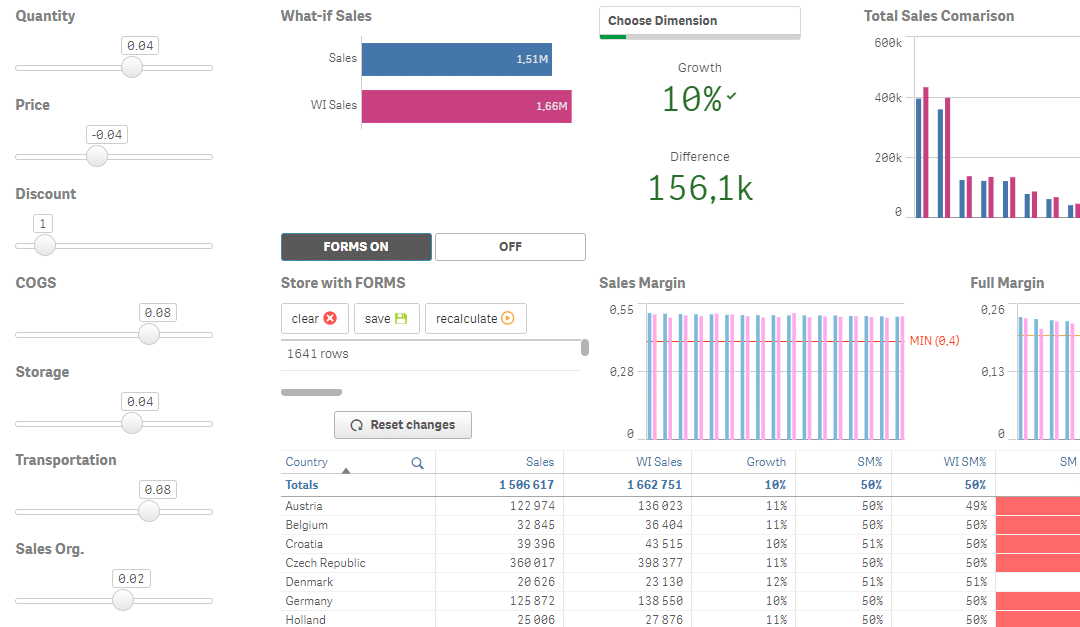


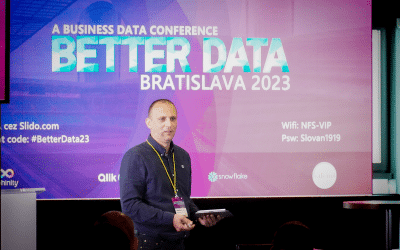

 (4,75)
(4,75)